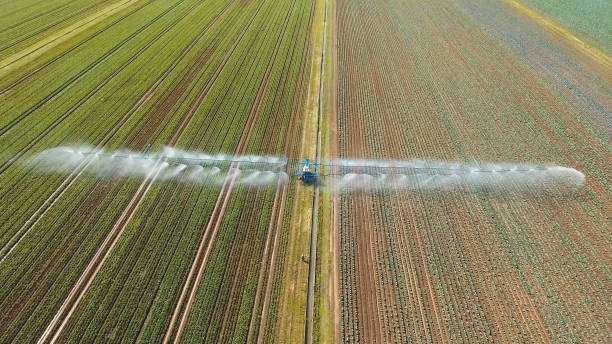Metolachlor

Metolachlor has been classified by the EPA as a possible human carcinogen (DHSS, 2010). Safe Home offers a few kits that provide drinking water testing for metholachlor in city water and well water supplies.
Parameter Type: Drinking Water Testing for Volatiles
Parameter Name:o-Metolachlor
What it is and Where it Comes From:
Metolachlor is an organic compound that is widely used as a herbicide. It is a derivative of aniline and is a member of the chloroacetanilide family of herbicides. It is highly effective toward grasses. In addition to grass and broadleaf weed it is used to control weeds in corn, soybean, peanuts, sorghum, potatoes, pod crops, safflowers, tree nuts, grapes, cabbage, peppers, and cotton. It is also used in combination with other herbicides. Metolachlor is a popular herbicide in the United States. Concerns over health effects have resulted in some safety measures. The EPA has classified metolachlor as a possible human carcinogen (DHSS, 2010). Metolachlor use is prohibited in various areas: in greenhouses, on muck or peat soils, on vegetables such as sweet potatoes or yams, on trees or vines that have been planted within the last 30 days, on sand or loamy sand soils, and on trees or vines that will bear fruit in the next year. Metolachlor use is also prohibited in areas where livestock graze (EPA,1995b). General population exposure may occur through the consumption of contaminated food or drinking water. Metolachlor can get into water supplies by leaching from soil by run-off. Drinking water testing gives you several benefits like peace of mind, identifying contaminants in your water, and insight into health concerns. Safe Home offers Laboratory drinking water testing kits for metolachlor, allowing you to collect your water sample and ship it directly to our EPA-Certified Laboratory. This platform of drinking water testing for metolachlor will give you an accurate level based on the lowest level of a parameter our instruments can detect (Method Detection Level). Safe Home drinking water testing for semi-volatiles can be used for city and well water supplies. Drinking water testing should be done any time you notice a significant change in your water quality.
Health Effects:
Metolachlor has a low oral acute toxicity. Studies for short-term and long-term exposure effects in mice observed to be decrease body weight and decreased survival in females at high dose levels. Signs of intoxication by metolachlor at high levels include abdominal cramps, anaemia, ataxia, dark urine, methaemoglobinaemia, cyanosis, hypothermia, collapse, convulsions, diarrhoea, jaundice, weakness, nausea, shock, sweating, vomiting, central nervous system depression, dizziness, dyspnoea, liver damage, nephritis, cardiovascular failure, dermatitis, sensitization, eye and mucous membrane irritation, corneal opacity, and reproductive effects (Source: National Library of Medicine and National Institute of Health).
Solutions to Contaminant Levels:
After drinking water testing, what are my treatment options? An effective removal treatment for metolachlor is granular activated carbon filtration system. A filter with granular activated carbon (GAC) is a proven option to remove certain chemicals, particularly organic chemicals, from water. Activated carbon is a porous material that removes organic compounds from liquids and gases by a process known as “adsorption.” In adsorption, organic molecules contained in a liquid or gas are attracted and bound to the surface of the pores of the activated carbon as the liquid or gas is passed through. Adsorption occurs on the internal surface of activated carbon, termed the adsorbent. During adsorption, liquids or gases pass through the highly porous structure of the activated carbon. The compound(s) to be removed, termed the adsorbate(s), diffuses to the surface of the adsorbent, and is retained because of attractive forces. The primary raw material used in the production of our activated carbons is bituminous coal that is crushed, sized, and processed in low temperature bakers followed by high-temperature activation furnaces. Activation develops the pore structure of the carbon. Through adjustments in the activation process, differentiated pores for a particular purification application are developed. Who do I need to contact to find out more information about water quality in my area? Every community water supplier must provide an annual report to its customers, known as a Consumer Confidence Report (CCR). The report provides information on your local drinking water quality, including the water’s source, contaminants found in the water, and how consumers can get involved in protecting drinking water. How often does the local public water system preform drinking water testing? Frequency of drinking water testing depends on the number of people served, the type of water source, and types of contaminants. Certain contaminants are tested more frequently than others, as established by the Safe Drinking Water Act. You can find out about levels of regulated contaminants in your treated water for the previous calendar year in your annual Consumer Confidence Report (CCR).


